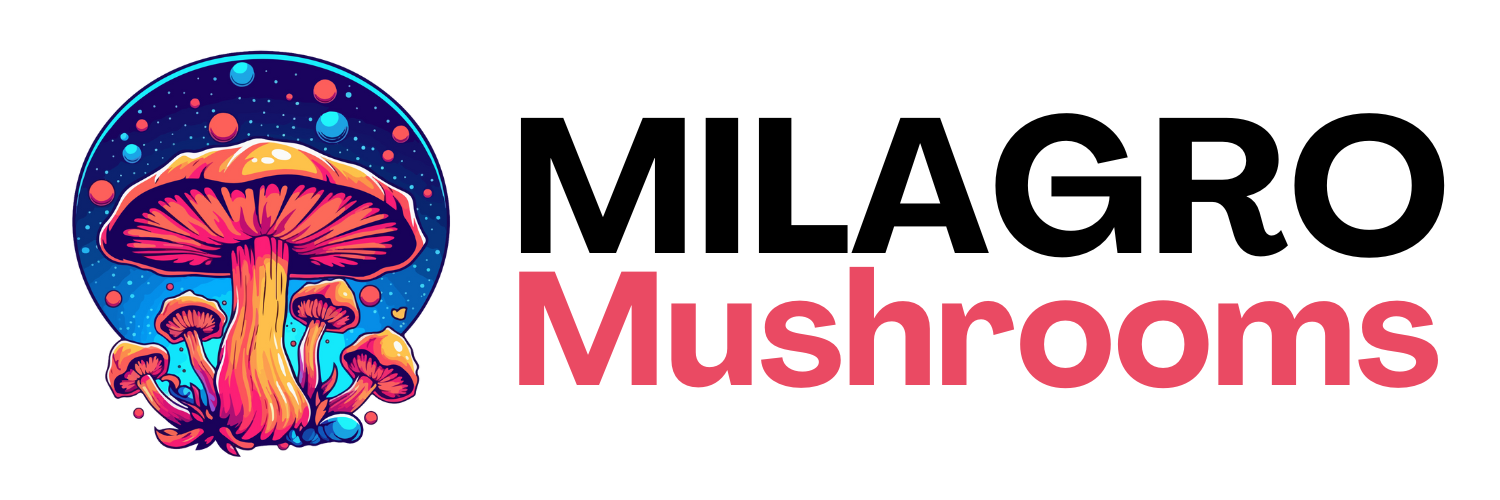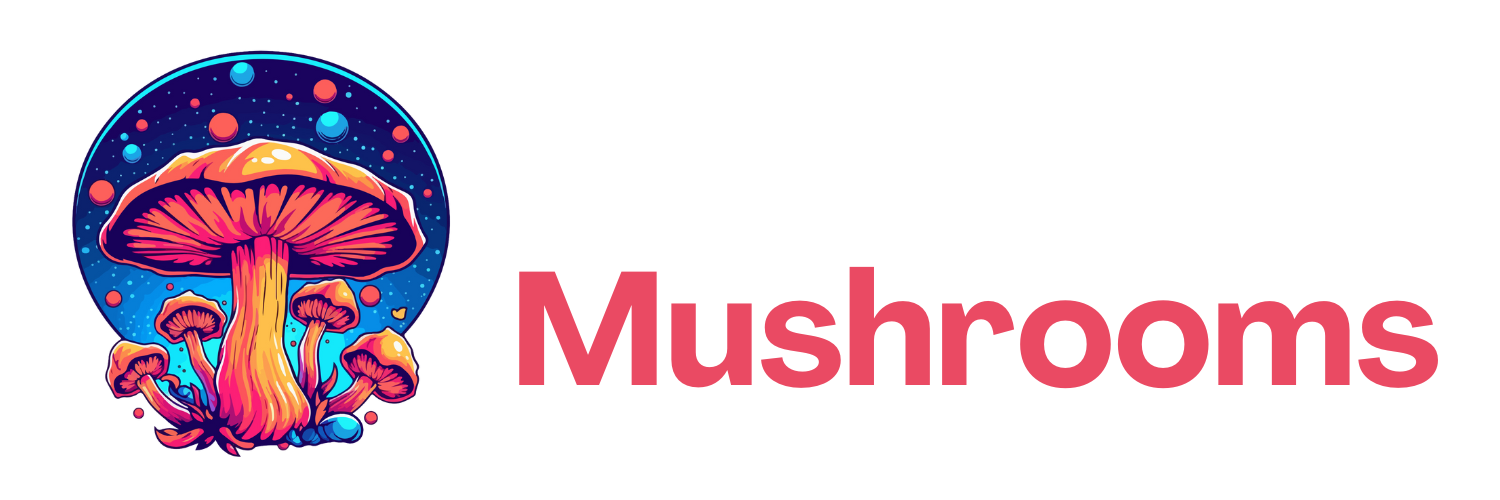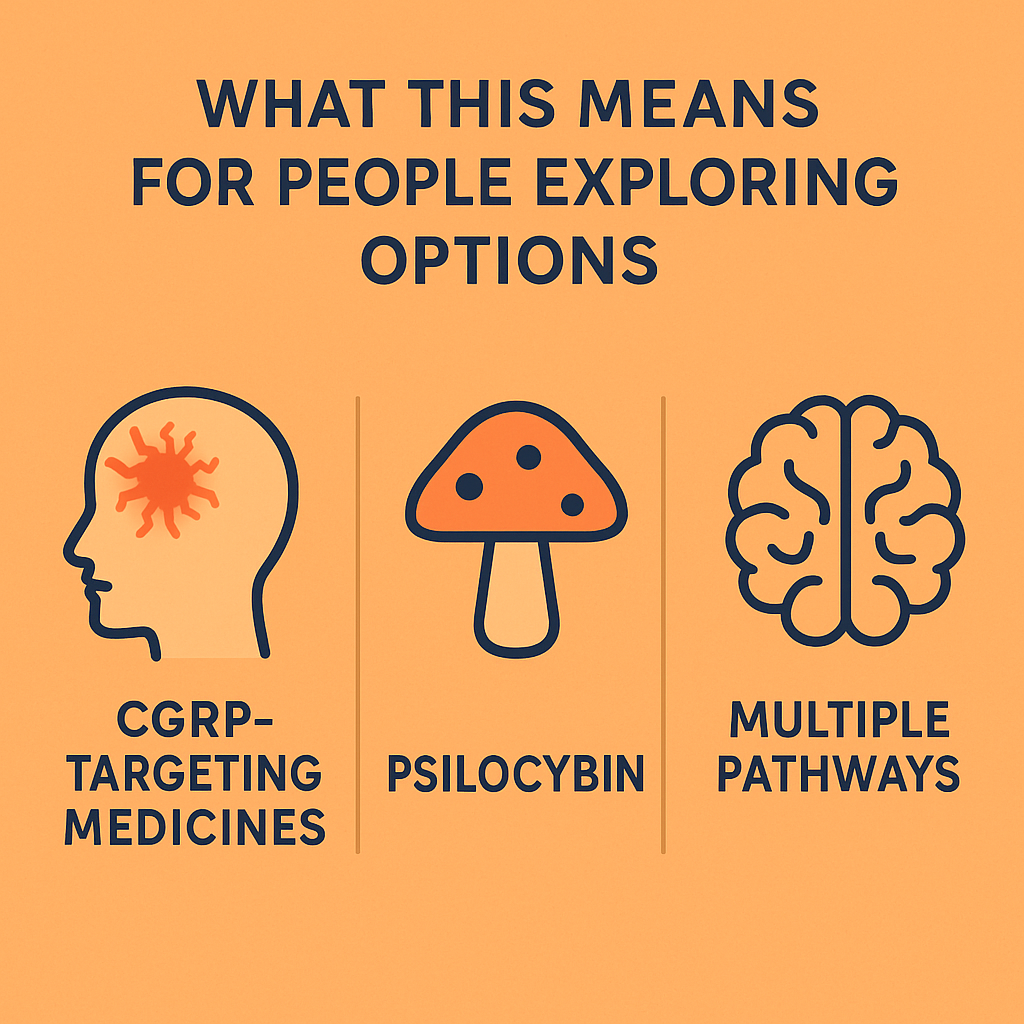Quick takeaways
-
CGRP (calcitonin gene–related peptide) plays a major role in migraine biology. Targeting this pathway has helped many people reduce attack frequency. Physiology Journals+1
-
For cluster headache, the CGRP-blocking antibody galcanezumab reduced weekly attacks in a pivotal trial and is FDA-approved for episodic cluster headache. New England Journal of Medicine
-
Early, small clinical studies suggest psilocybin may delay or reduce migraine attacks and can reduce cluster attacks with a short “pulse” regimen—but the evidence is still preliminary. shulginresearch.net+2The Sodhi Foundation+2
1) Why CGRP matters in headache disorders
CGRP is a neuropeptide released from trigeminal nerve endings. In migraine-susceptible people, CGRP release is linked to blood-vessel dilation, neurogenic inflammation, and pain sensitization; infusing CGRP can even provoke migraine-like attacks in research settings. That is why CGRP has become a prime therapeutic target. Physiology Journals
2) The rise of CGRP-targeting medicines
Two types of medicines target this pathway:
-
Monoclonal antibodies for prevention (erenumab blocks the receptor; fremanezumab, galcanezumab, and eptinezumab bind the ligand).
-
Gepants (small-molecule CGRP receptor antagonists) used acutely and/or preventively.
Across randomized trials and real-world studies, many patients experience meaningful reductions in monthly migraine days and improved quality of life; safety profiles are generally favorable compared with older preventives. BioMed Central+1
For cluster headache, monthly galcanezumab 300 mg reduced weekly attacks over the first 3 weeks after the initial dose in a randomized NEJM trial—the first modern preventive specifically for episodic cluster in the U.S. New England Journal of Medicine
Important nuance: migraine biology is complex. One human provocation study showed that a different trigger (raising cAMP with cilostazol) can still bring on migraine even when the CGRP receptor is blocked, underscoring that multiple pathways are involved. OUP Academic
3) Where psilocybin might fit: microdosing vs. macrodosing
Working definitions (not medical advice):
-
Microdosing: very low, sub-perceptual doses taken intermittently.
-
Macrodosing (or “full dose”): clearly psychoactive doses given infrequently, usually with preparation and support.
-
Pulse regimen: several low or moderate doses spaced a few days apart over a short window (the schedule explored in early cluster-headache trials). The Sodhi Foundation
Evidence in migraine (encouraging but small)
A double-blind, placebo-controlled crossover study (≈10 participants) found that a single low oral dose of psilocybin (~0.143 mg/kg) extended the time to the next migraine attack versus placebo. The effect did not simply track with how intense the acute psychedelic experience felt, suggesting a potential preventive signal at low dose. Safety in this small cohort was acceptable. shulginresearch.net
Evidence in cluster headache (signals are stronger, yet early)
A randomized, double-blind, placebo-controlled trial tested a patient-informed pulse regimen (roughly 10 mg/70 kg, given three times about 5 days apart). Over the first 3 weeks, weekly cluster attacks fell by ~3 attacks in the psilocybin group (no meaningful change on placebo); because the study was small (n=14), the between-group difference did not reach statistical significance. The Sodhi Foundation
In a blinded extension where participants repeated the same pulse months later, weekly attacks dropped by about half over the 3 weeks following retreatment—supporting the need for larger, fully powered trials. jns-journal.com
Reviews for clinicians now summarize these early results and ongoing studies (including open-label work in chronic cluster headache), but emphasize that rigorous, larger trials are still needed before psilocybin becomes standard care. Practical Neurology+1
How might psilocybin help?
Leading hypotheses involve serotonergic modulation (notably 5-HT2A), network-level changes in pain processing, possibly hypothalamic/circadian effects relevant to cluster headache, and broader neuroplasticity mechanisms. A direct, proven link in humans between psilocybin and reduced CGRP release has not been established yet—another reason to incorporate biomarkers (like CGRP) and imaging into future trials. Practical Neurology
4) A Milagro Mushrooms customer story (shared with permission)
“I will say it reduced my number of headaches by 20–30%, and it did take the edge off of the ones I did have. I did have to do more than microdosing to achieve this. My goal has been to find alternative meds that are preventative rather than reactionary—I think psilocybin might have some success in this area… I’m extremely happy with even a 20–30% reduction—these headaches are so brutal even 1 less per day is huge! Also has been great for curbing occasional anxiety.” — Tony
Tony’s experience—a meaningful yet partial reduction that required more than microdosing—aligns with what early clinical work is exploring (structured pulse or macrodose strategies), while also reminding us that individual responses vary. The Sodhi Foundation+1
5) What this means for people exploring options
-
CGRP-targeting medicines have strong evidence and are now widely used for migraine, with galcanezumab specifically indicated for episodic cluster headache. If you haven’t discussed these with a clinician, they remain a cornerstone to consider. BioMed Central+1
-
Psilocybin shows promise, particularly in cluster headache, but data are still early. If you explore this area where legal, track a detailed headache diary and discuss plans with a clinician who knows your history. The Sodhi Foundation+1
-
Headache biology involves multiple pathways; that’s why some people respond to one approach but not another. Expect some trial-and-error and avoid changing too many variables at once. OUP Academic
6) Key references (easy starting points)
-
Walker CS et al. CGRP physiology, pharmacology, and therapeutic targets (Physiological Reviews, 2021). A definitive review of CGRP biology and why it matters in migraine. Physiology Journals
-
Houts CR et al./systematic reviews in The Journal of Headache and Pain (2024). What clinical trials and real-world studies say about CGRP-targeting therapies in chronic migraine. BioMed Central
-
Goadsby PJ et al. Galcanezumab for episodic cluster headache (NEJM, 2019). The pivotal randomized trial. New England Journal of Medicine
-
Schindler EAD et al. Low-dose psilocybin in migraine (double-blind, placebo-controlled crossover; Neurotherapeutics). Shows a preventive signal at low dose. shulginresearch.net
-
Schindler EAD et al. Patient-informed psilocybin pulse in cluster headache (randomized, double-blind, placebo-controlled; Headache, 2022). First controlled trial in cluster headache. The Sodhi Foundation
-
Schindler EAD et al. Blinded extension of psilocybin pulse (2024; Journal of the Neurological Sciences). Attack frequency roughly halved over 3 weeks after retreatment. jns-journal.com
-
Al-Khateeb Z et al. Provocation via cAMP despite CGRP receptor blockade (Brain, 2023). Why CGRP isn’t the whole story in migraine pathophysiology. OUP Academic
-
Practical clinical overviews on psychedelics in cluster headache (Practical Neurology). Good clinician-facing summaries of current studies. Practical Neurology+1
Important disclaimer
This article is educational and not medical advice. Psilocybin remains a controlled substance in many places and is not an approved treatment for migraine or cluster headache. Always consult a qualified clinician before starting, stopping, or combining treatments, and follow local laws and regulations.



Share:
Welcome to Your Introduction Guide to Micro-Dosing